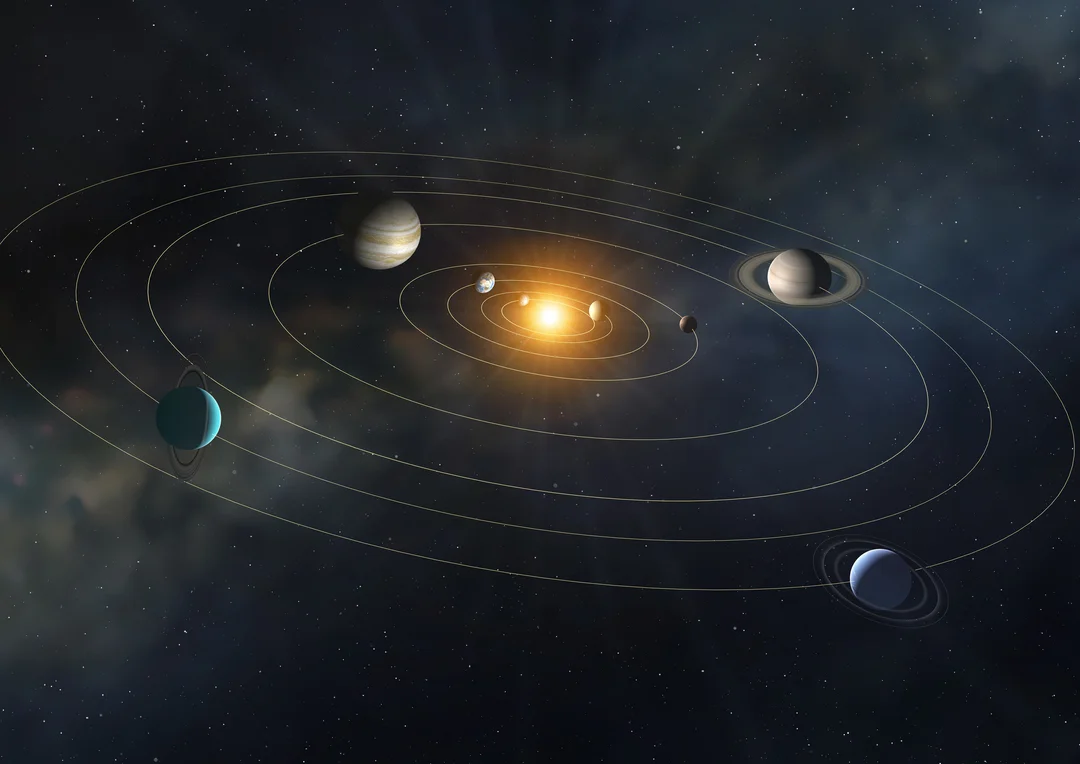
Is Planet Nine Finally Within Reach? New Evidence Emerges from Decades-Old Sky Surveys
The hunt for Planet Nine, a hypothetical giant lurking in the outer reaches of our solar system, may be nearing a breakthrough. For years, astronomers have been piecing together indirect evidence suggesting the existence of this elusive planet. Now, a recent study analyzing decades-old infrared data has identified a potential candidate, igniting fresh excitement in the scientific community.
The mystery of Planet Nine began to unfold after Pluto's reclassification in 2006, leaving a perceived void in our solar system's planetary lineup. However, the real impetus for the search came from peculiar gravitational effects observed in the orbits of objects in the Kuiper Belt, a region beyond Neptune populated by icy bodies. These anomalies hinted at the presence of a massive, unseen object exerting a gravitational influence.

A team led by astronomer Terry Long Phan from the National Tsing Hua University in Taiwan has revisited data from two historic infrared sky surveys: NASA’s IRAS (Infrared Astronomical Satellite), which operated in 1983, and Japan's AKARI satellite, which was active between 2006 and 2011. By comparing these datasets, the researchers identified an object that exhibited the slow motion characteristic of a planet orbiting far from the sun. This candidate is estimated to be more massive than Neptune and follows a highly eccentric orbit, ranging from 280 to 1,120 astronomical units (AU) from the sun – far beyond the orbit of any known planet.
The discovery builds upon previous findings, including initial observations by British astronomer Michael Rowan-Robinson in 1983. While Rowan-Robinson’s earlier candidate remained unconfirmed, Phan's team believes their object has a stronger claim due to its detection in two distinct datasets. The team had to carefully account for the effect of parallax – the apparent shift in position of distant objects due to Earth's orbit around the sun – to ensure they were tracking a genuine celestial body.

While the evidence is compelling, scientists emphasize that it's not yet definitive proof of Planet Nine's existence. Further observations are crucial to confirm the object's orbit and properties. Patrick Phan's team hopes that modern telescopes, such as the Dark Energy Camera in Chile, will be able to capture the object in greater detail. "Once we know the position of the candidate, a longer exposure with the current large optical telescopes can detect it," Phan told Space.com.
If confirmed, this would be the first planet discovered through indirect observation in modern times, marking a historic milestone in astronomy. This discovery could redefine our understanding of the solar system’s dynamics and provide insights into planet formation theories.
The search for Planet Nine highlights the ever-evolving nature of astronomical research. As technology advances, scientists are equipped with powerful tools to explore the universe's hidden corners. Could this finally be the moment we confirm the existence of Planet Nine? What are your thoughts? Share your opinions in the comments below!